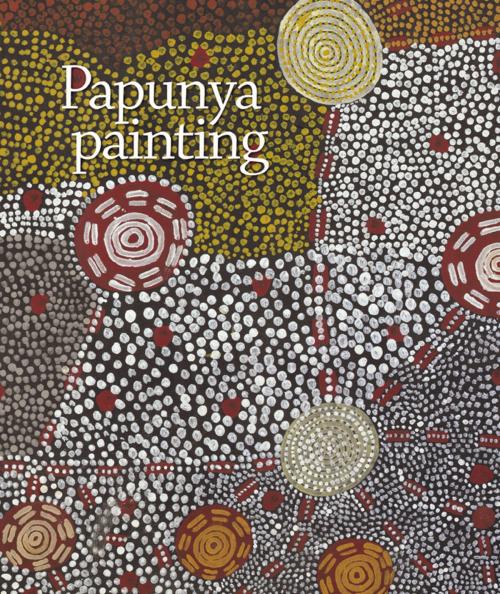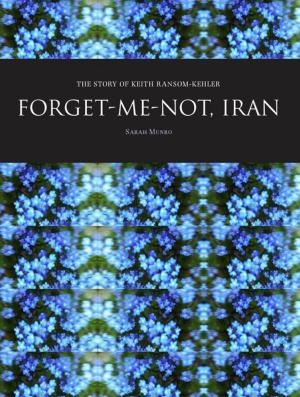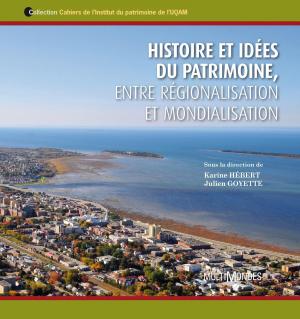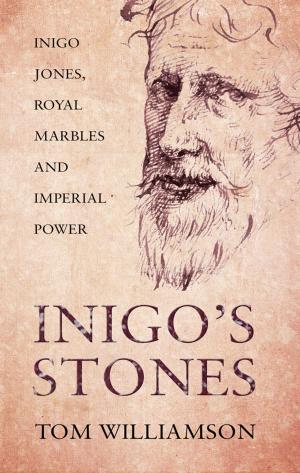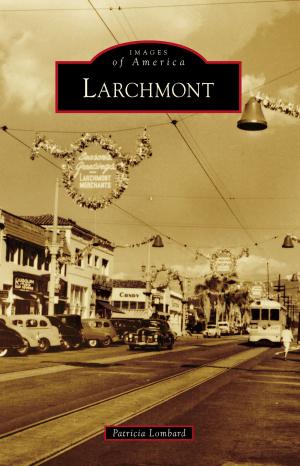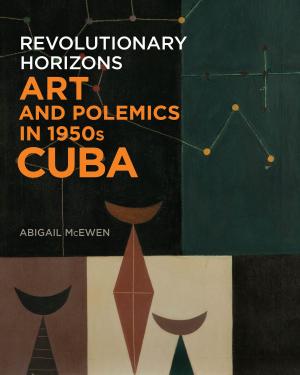| Author: | Vivienne Johnson | ISBN: | 9781876944933 |
| Publisher: | National Museum of Australia | Publication: | November 1, 2007 |
| Imprint: | National Museum of Australia | Language: | English |
| Author: | Vivienne Johnson |
| ISBN: | 9781876944933 |
| Publisher: | National Museum of Australia |
| Publication: | November 1, 2007 |
| Imprint: | National Museum of Australia |
| Language: | English |
Papunya Painting explores the lost chapter of the Papunya Tula western desert art movement. Beautifully illustrated it includes essays from experts in the field and also provides readers with interpretation of the iconography in the artworks. The 30 works that will feature in the book fall between the period 1972, when Geoffrey Bardon, the art teacher credited with initiating the Papunya movement, left Papunya and the early to mid 1980s, when the first desert canvases were being included in art galleries. This period has been overlooked in all Papunya Tula exhibitions and publications and most of the works have not been seen by Australian audiences in the three decades since they were painted. The book will introduce and explore these canvases as cultural documents in the social milieu of the Papunya settlement and in the wider history of Aboriginal art and social change.
Papunya Painting explores the lost chapter of the Papunya Tula western desert art movement. Beautifully illustrated it includes essays from experts in the field and also provides readers with interpretation of the iconography in the artworks. The 30 works that will feature in the book fall between the period 1972, when Geoffrey Bardon, the art teacher credited with initiating the Papunya movement, left Papunya and the early to mid 1980s, when the first desert canvases were being included in art galleries. This period has been overlooked in all Papunya Tula exhibitions and publications and most of the works have not been seen by Australian audiences in the three decades since they were painted. The book will introduce and explore these canvases as cultural documents in the social milieu of the Papunya settlement and in the wider history of Aboriginal art and social change.
